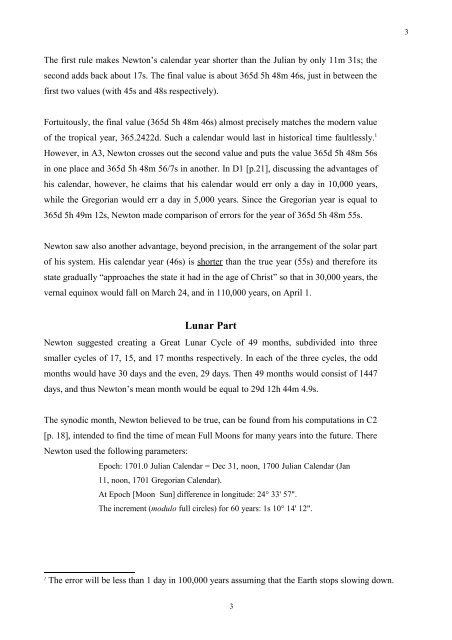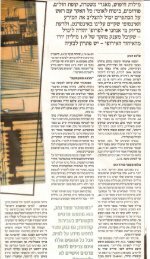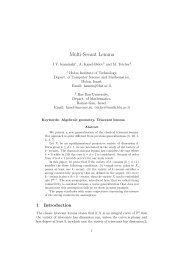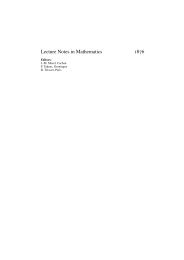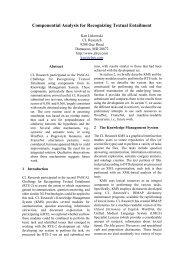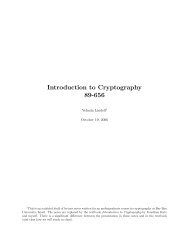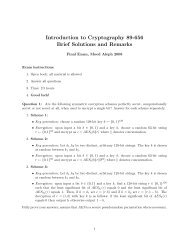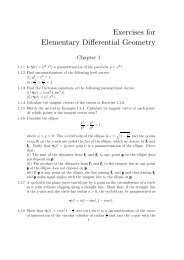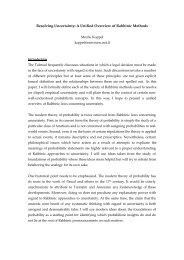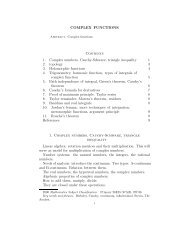Reform of the Julian Calendar as Envisioned by Isaac Newton
Reform of the Julian Calendar as Envisioned by Isaac Newton
Reform of the Julian Calendar as Envisioned by Isaac Newton
You also want an ePaper? Increase the reach of your titles
YUMPU automatically turns print PDFs into web optimized ePapers that Google loves.
3<br />
The first rule makes <strong>Newton</strong>’s calendar year shorter than <strong>the</strong> <strong>Julian</strong> <strong>by</strong> only 11m 31s; <strong>the</strong><br />
second adds back about 17s. The final value is about 365d 5h 48m 46s, just in between <strong>the</strong><br />
first two values (with 45s and 48s respectively).<br />
Fortuitously, <strong>the</strong> final value (365d 5h 48m 46s) almost precisely matches <strong>the</strong> modern value<br />
<strong>of</strong> <strong>the</strong> tropical year, 365.2422d. Such a calendar would l<strong>as</strong>t in historical time faultlessly. 1<br />
However, in A3, <strong>Newton</strong> crosses out <strong>the</strong> second value and puts <strong>the</strong> value 365d 5h 48m 56s<br />
in one place and 365d 5h 48m 56/7s in ano<strong>the</strong>r. In D1 [p.21], discussing <strong>the</strong> advantages <strong>of</strong><br />
his calendar, however, he claims that his calendar would err only a day in 10,000 years,<br />
while <strong>the</strong> Gregorian would err a day in 5,000 years. Since <strong>the</strong> Gregorian year is equal to<br />
365d 5h 49m 12s, <strong>Newton</strong> made comparison <strong>of</strong> errors for <strong>the</strong> year <strong>of</strong> 365d 5h 48m 55s.<br />
<strong>Newton</strong> saw also ano<strong>the</strong>r advantage, beyond precision, in <strong>the</strong> arrangement <strong>of</strong> <strong>the</strong> solar part<br />
<strong>of</strong> his system. His calendar year (46s) is shorter than <strong>the</strong> true year (55s) and <strong>the</strong>refore its<br />
state gradually “approaches <strong>the</strong> state it had in <strong>the</strong> age <strong>of</strong> Christ” so that in 30,000 years, <strong>the</strong><br />
vernal equinox would fall on March 24, and in 110,000 years, on April 1.<br />
Lunar Part<br />
<strong>Newton</strong> suggested creating a Great Lunar Cycle <strong>of</strong> 49 months, subdivided into three<br />
smaller cycles <strong>of</strong> 17, 15, and 17 months respectively. In each <strong>of</strong> <strong>the</strong> three cycles, <strong>the</strong> odd<br />
months would have 30 days and <strong>the</strong> even, 29 days. Then 49 months would consist <strong>of</strong> 1447<br />
days, and thus <strong>Newton</strong>’s mean month would be equal to 29d 12h 44m 4.9s.<br />
The synodic month, <strong>Newton</strong> believed to be true, can be found from his computations in C2<br />
[p. 18], intended to find <strong>the</strong> time <strong>of</strong> mean Full Moons for many years into <strong>the</strong> future. There<br />
<strong>Newton</strong> used <strong>the</strong> following parameters:<br />
Epoch: 1701.0 <strong>Julian</strong> <strong>Calendar</strong> = Dec 31, noon, 1700 <strong>Julian</strong> <strong>Calendar</strong> (Jan<br />
11, noon, 1701 Gregorian <strong>Calendar</strong>).<br />
At Epoch [Moon Sun] difference in longitude: 24° 33' 57".<br />
The increment (modulo full circles) for 60 years: 1s 10° 14' 12".<br />
1<br />
The error will be less than 1 day in 100,000 years <strong>as</strong>suming that <strong>the</strong> Earth stops slowing down.<br />
3


